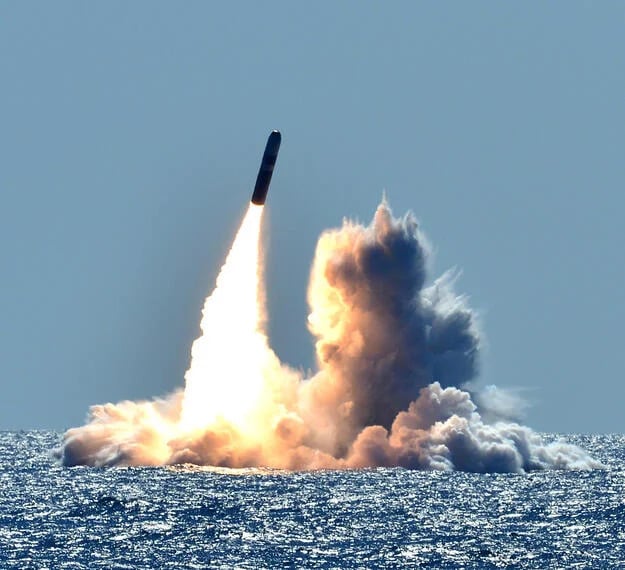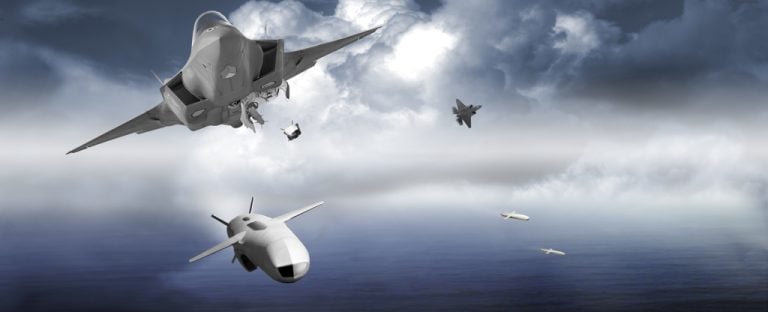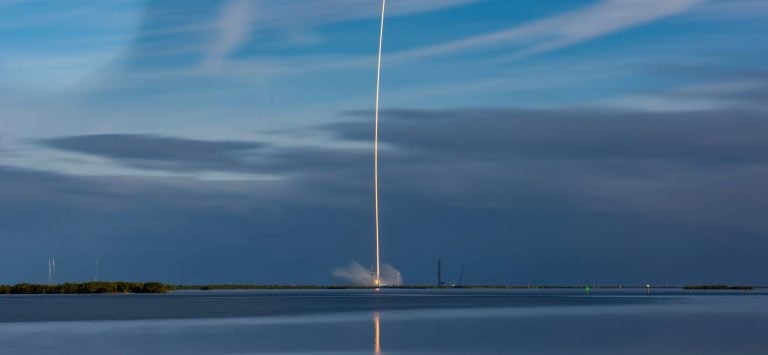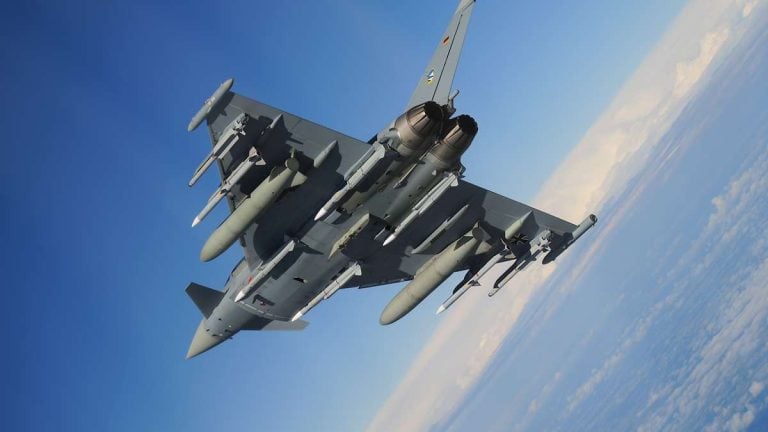The UK’s advancement in its sovereign nuclear capability, known as Project Astraea, is gaining momentum, as confirmed by Defence Minister Luke Pollard in a recent parliamentary response. He indicated that financial support for this initiative is part of a broader £15 billion investment allocated for the UK’s nuclear warhead program during the current parliamentary session. However, details regarding the precise funding for Project Astraea remain classified for national security reasons.
Pollard further elaborated that this financial commitment also encompasses the maintenance of the existing Holbrook/Mk4A nuclear warhead. This warhead is integral to the Trident II D5 missile system deployed on the Royal Navy’s Vanguard-class submarines, as well as on the upcoming Dreadnought-class submarines. Additionally, the funding will facilitate necessary upgrades to related infrastructure.
The government’s recent publication regarding its nuclear deterrent strategy estimates the research and development costs for Project Astraea to reach approximately £1 billion (around $1.3 billion) over the next decade.
Project Astraea, designated as the A21/Mk7, was officially introduced in the Defence Nuclear Enterprise Command Paper released in March 2024. This next-generation sovereign warhead aims to replace the aging Holbrook/Mk4A while ensuring compatibility with the Lockheed Martin-developed Trident II D5 submarine-launched ballistic missiles. The Astraea warhead is projected to be operational by the 2030s.
The design and production of the Astraea will be orchestrated by the Defence Ministry’s Atomic Weapons Establishment. Notably, the development of Astraea will occur parallel to the United States’ W93/Mk7 warhead program, reflecting a collaborative approach to nuclear deterrence.
Significantly, Astraea marks a milestone in the UK’s nuclear history as it will be the first British sovereign warhead developed without live nuclear testing, adhering to the nation’s voluntary moratorium on nuclear weapon test explosions. Instead, the UK plans to utilize advanced technological methods for testing, such as high-powered supercomputer simulations and experiments conducted at the EPURE hydrodynamic facility in France.
This strategic investment underscores the UK’s commitment to maintaining and modernizing its nuclear deterrent capabilities as global security dynamics continue to evolve.



















